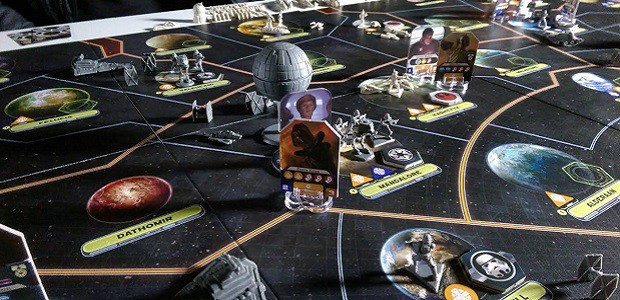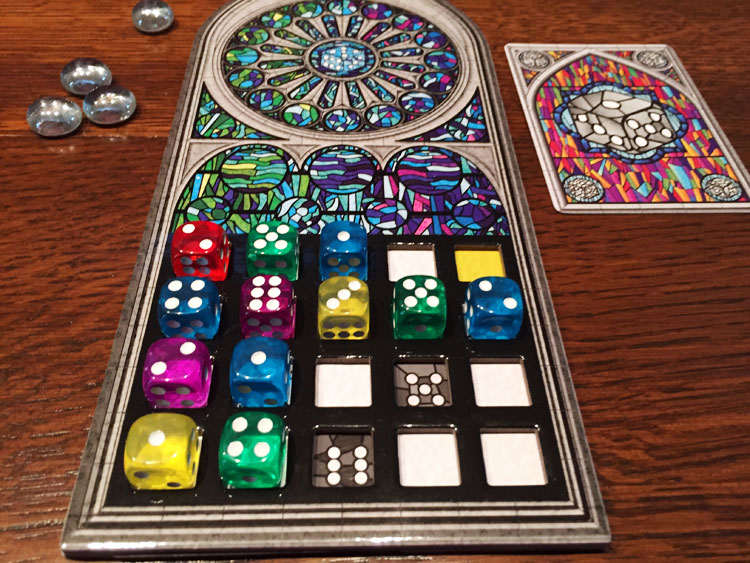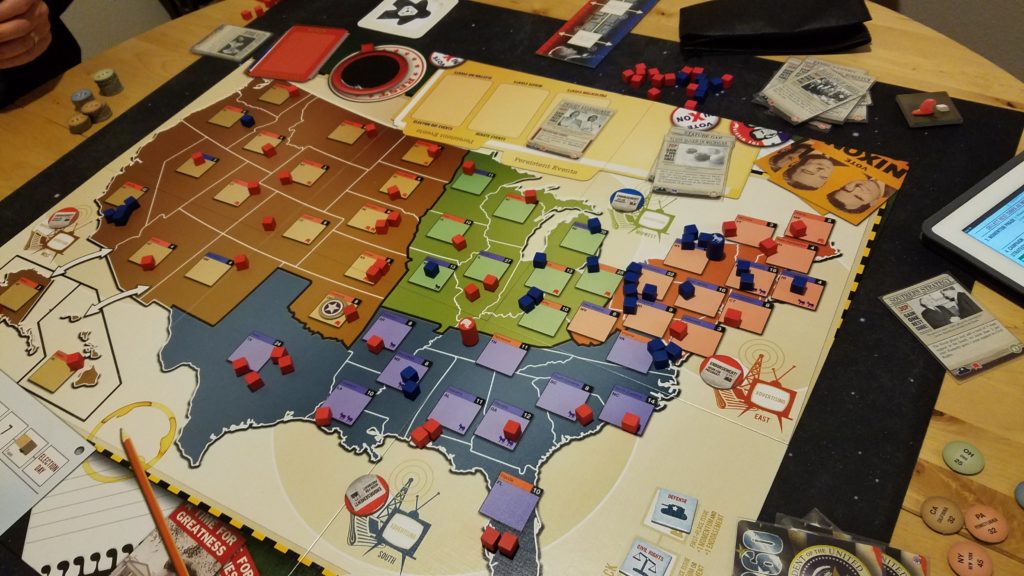Designer: Corey Konieczka
Star Wars: Rebellion has frequently been called ‘Star Wars in a box’, and that’s pretty apt. You play as one of the two factions – Rebels or Imperials, and based on what you choose, you have an entirely different game experience. The Empire’s goal is to find and eliminate the rebel base. The Rebel’s goal is far simpler – survive.
The feel between playing the two sides is pretty stark. Playing as the rebels is smothering – the Imperials will at any given time have two to three times the number of ships on the board than you will, and some of them will be death stars. Their tactics will be limited to a game of sabotage, disruption and hit & run raids. The Empire, on the other hand, has overwhelming resources but quickly discovers it’s insufficient to quell a rebellion living by hit-and-run raids. They will need to split their focus between hunting for the base and more mundane pursuits, such as locking enemy agents in carbonite and blowing up planets for funsies.
One thing that does bear mentioning is that I don’t think I’ve ever played an assymetric game that is this well balanced before. Nearly every game I’ve played has really come down to the loser being one to two turns away from pulling it off. That being said, the game is long, and don’t be fooled by the player count on the box, it is meant to be played as a two-player experience. Also, frankly, combat is very clunky, far moreso than the rest of the game. Still, this is an excellent, excellent board gaming experience. And it will stroke all of your Star Wars feels.
Also, and I can’t stress this enough, there are tiny little death star figurines.
Key Mechanic: the Survival Timer. By default, the rebels need to survive roughly twelve turn to declare victory. But the rebels can shorten this by completing objectives, which are randomly drawn throughout the game. Defeating Darth Vader in a fight might shorten the timer by two, whereas freeing a subjugated system might be worth a point – if you have the card. In general, games tend towards 7-8 turns, in my experience. But it makes for a compelling description of what the goal of the rebels is to do: simply survive.
These random missions really add to the frustrating feel of playing as the Empire attempting to deal with sporadic guerilla uprisings – you’re not sure WHY the rebels are attacking the places they’re attacking, and so you need to decide how to split your attention between countering their attacks and spreading out your search for the rebel base. Also, these missions really add to the overall thematic star wars feel of the game. There’s nothing like winning when you reveal that blowing up the death star grants you the victory points you need to steal a win when fighting in the same system as your rebel base.

(Photo Credit: Rock Paper Shotgun)






Recent Comments